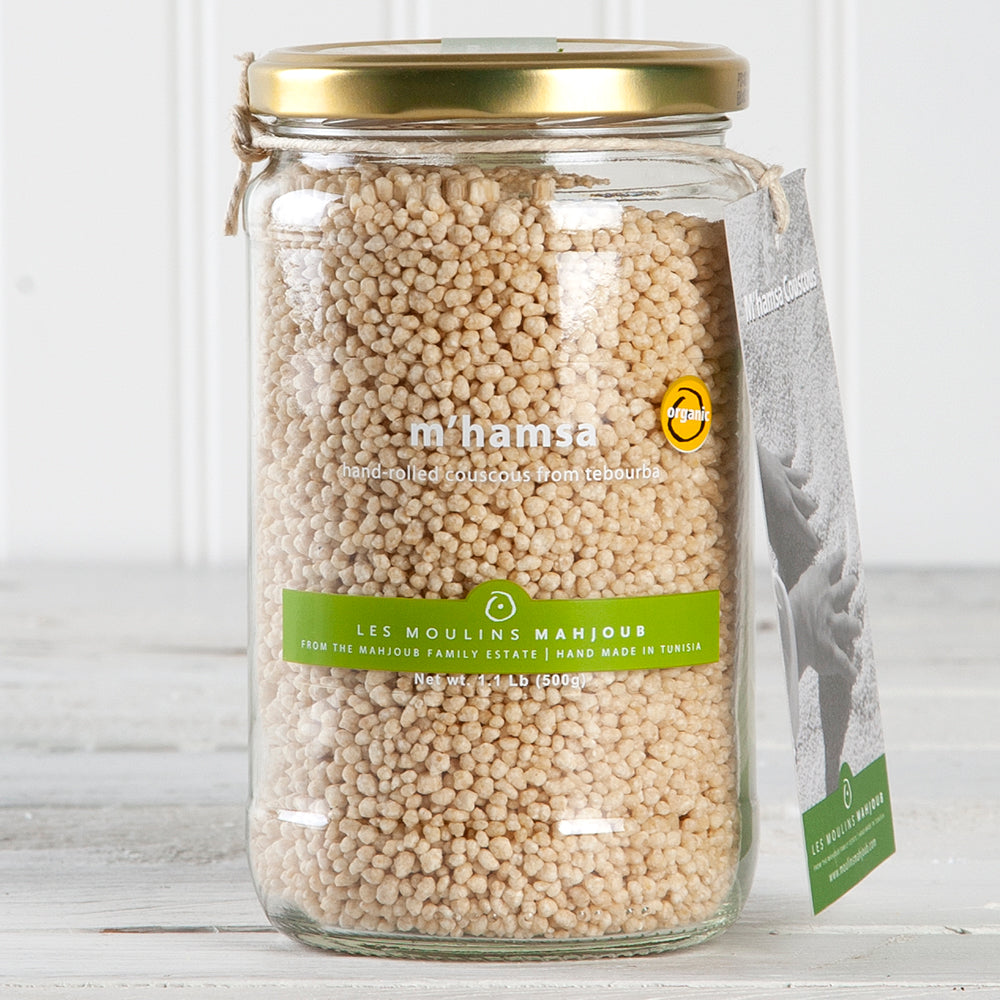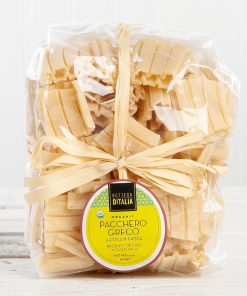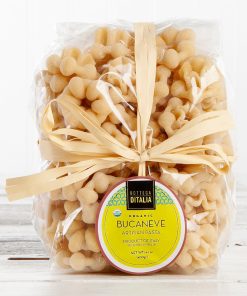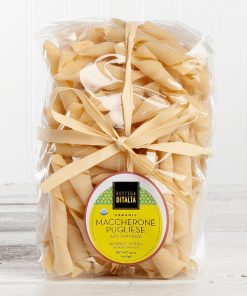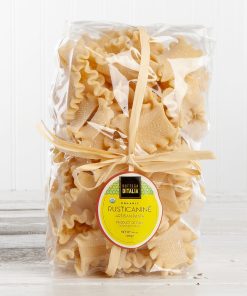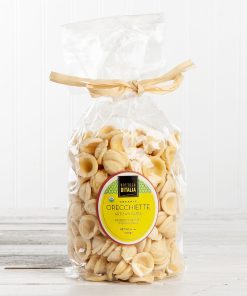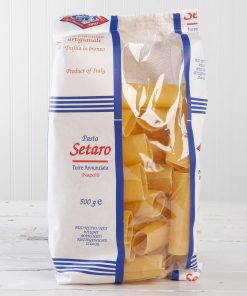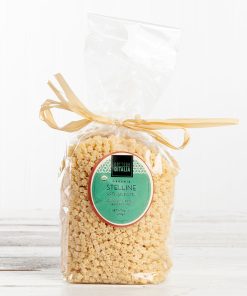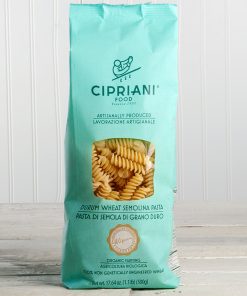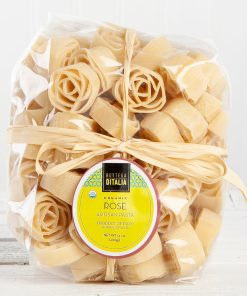M’Hamsa Hand-rolled Couscous (Organic)- 17.6 oz LES MOULINS MAHJOUB
$ 10,00 $ 6,00
This couscous is complementary to almost all North African and Mediterranean cuisine, including stews, meat, and fish dishes.
In Tunisia, this product is called M’hamsa, which translates into sun-dried wheat grains. Made from a North African semolina made from crushed durum wheat, M’hamsa is produced in the traditional Berber method. Production begins by mixing semolina with olive oil, water, and salt, which is then pushed through screens or a sieve to create small grains, then these are left in the sun to dry. Olive oil and sun preserve the hand-rolled grains. Making couscous by hand is a tradition passed down from mother to daughter or daughter-in-law. In the past, groups of women came together to make large batches of couscous grains over several days. This gathering to make couscous is done less frequently today.
As with all of the Mahjoub products, this is produced using traditional farming methods with no additives or artificial processes.
Fast Shipping and Professional Packing
Our long-standing relationship with UPS FedEx DHL and other carriers around the world gives us the ability to provide a range of shipping services. Our warehouse staff are highly trained and will pack the goods according to our precise and exact specifications. Your items will go through an exhaustive examination before they will be safely packaged prior to being shipped. Every day we ship thousands of packages to clients across many countries. This shows that we're committed to becoming the biggest retailer on the internet. There are distribution centers as well as warehouses located in Europe and in the USA.
Note: Orders that contain more than one item are assigned a processing time in accordance with the item.
We will thoroughly inspect all items ordered before shipping. Today, most orders will be shipped within 48 hours. The delivery time should be between 3 and 7 working days.
Returns
The inventory is always changing, and is not completely managed by us because of the involvement of several different parties, such as the factory and our warehouse. The stock can change at any time. It's possible that you may not receive your order once it has been placed.
Our policy lasts thirty days. If 30 days have passed in the past since you purchased and we are unable to offer you a return or exchange.
For your item to be eligible for return it must be in its original packaging, unopened and in the same state as you received it in. The item should be returned in its original packaging.
Related products
Short Pasta
Short Pasta
Short Pasta
Short Pasta
Short Pasta
Short Pasta
Short Pasta
Short Pasta
Short Pasta
Short Pasta
Short Pasta
Short Pasta
Short Pasta
Short Pasta
